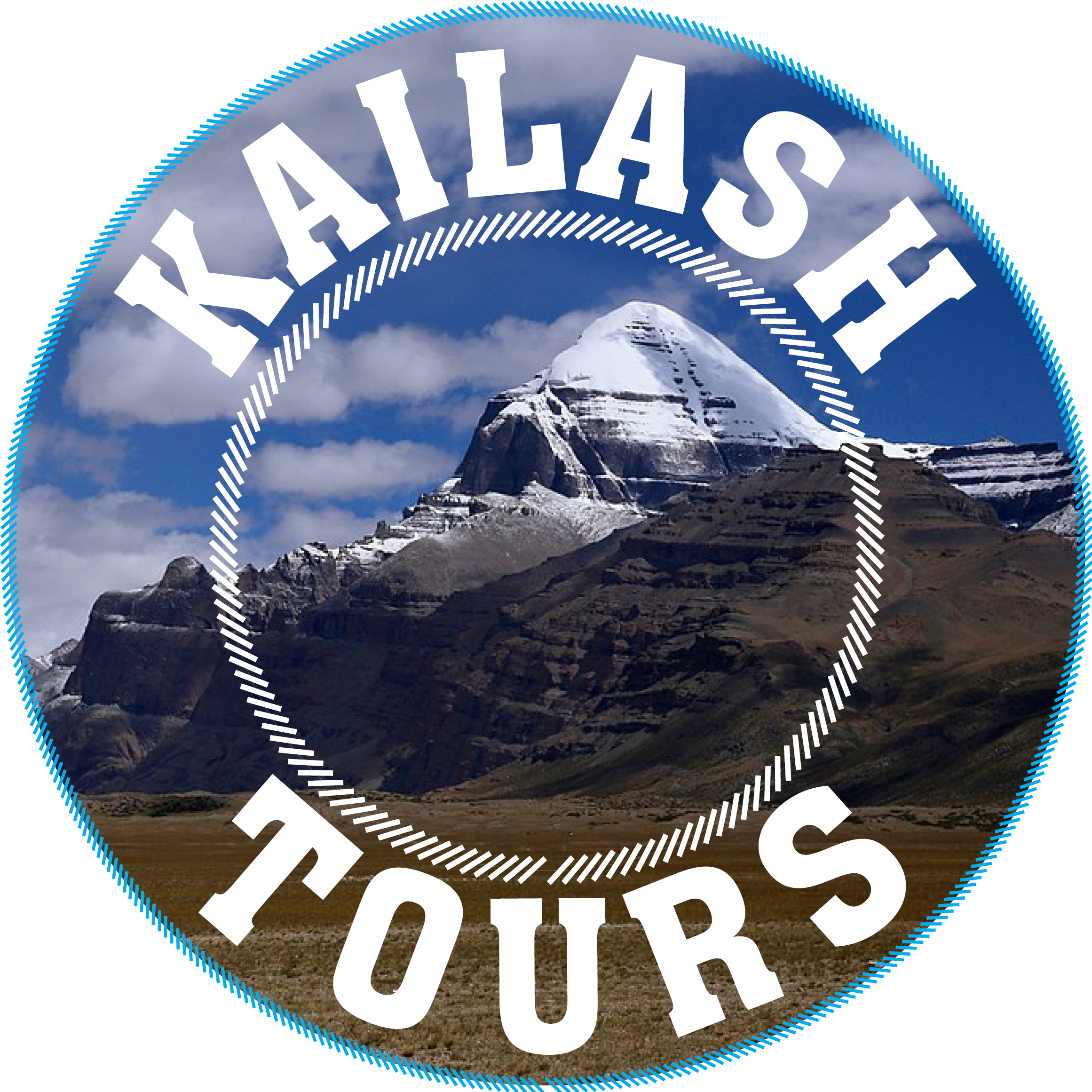Tibet geography is defined by its high-altitude landscapes, vast plateaus, towering mountain ranges, and unique geographical features. Here’s an overview of Tibet’s geography:
Tibetan Plateau:
Tibet is often referred to as the “Roof of the World” because of its expansive plateau. The Tibetan Plateau is the world’s highest and largest plateau, averaging an elevation of over 4,500 meters (14,800 feet) above sea level. It covers a substantial portion of Tibet’s territory and extends into neighboring countries.
Himalayas:
To the south of Tibet lies the Himalayan mountain range, which includes some of the world’s highest peaks, including Mount Everest. The northern face of Everest is within Tibet’s borders. The Himalayas act as a natural barrier between Tibet and countries like Nepal and India.
Trans-Himalayas:
To the north of the Himalayas, in the region known as the Trans-Himalayas, lies a series of other mountain ranges and deep valleys. This area is characterized by arid landscapes and serves as a buffer between the Tibetan Plateau and the central Asian deserts.
Rivers and Lakes:
Several major rivers originate in Tibet, including the Yangtze (known as the Jinsha River in its upper reaches), the Yellow River (Huang He), the Brahmaputra (Yarlung Tsangpo), and the Indus. Tibet is also home to numerous lakes, with Lake Namtso and Lake Manasarovar being some of the most renowned.
Tibetan Plateau Steppe:
The plateau’s northern and western regions are characterized by vast grasslands, known as steppe, where nomadic herders have historically grazed their livestock.
Climate:
Tibet has a cold and dry climate due to its high elevation. Winters can be harsh, with temperatures dropping well below freezing, while summers are relatively short and cool. The climate varies across different parts of Tibet due to its diverse topography.
Qinghai-Tibet Railway:
The Qinghai-Tibet Railway, also known as the “Sky Train,” connects Tibet to the rest of China. It is one of the highest and longest railways in the world, crossing challenging terrain and offering breathtaking views.
Geological and Seismic Activity:
Tibet is geologically active, with ongoing tectonic movements contributing to the formation of its mountains and valleys. The region is also prone to earthquakes due to its location at the convergence of several tectonic plates.
Unique Flora and Fauna:
The harsh environment of Tibet has also led to the evolution of unique flora and fauna adapted to the high-altitude conditions. Yaks, Tibetan antelopes, snow leopards, and various species of medicinal plants are some of the notable inhabitants.
Tibet geography not only shapes its climate and landscapes but also influences its culture, economy, and way of life. The region’s dramatic terrain has contributed to the development of a distinctive culture that reflects its challenging but breathtaking natural surroundings.
